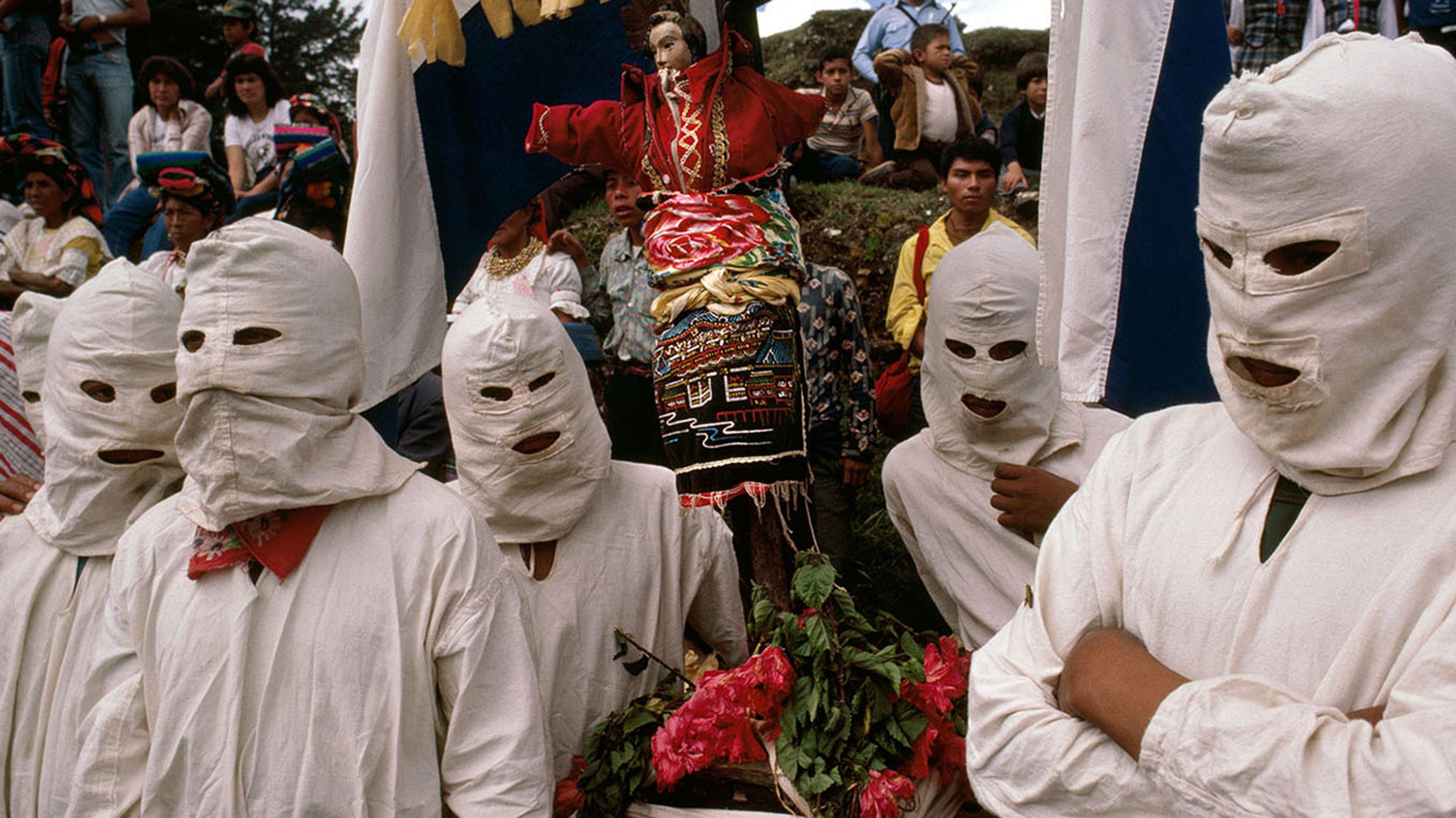Jean-Marie Simon
Guatemala. Eternal Spring – Eternal Tyranny

Jean-Marie Simon’s exhibition Guatemala. Eternal Spring – Eternal Tyranny is the first of a series of digital exhibitions Fotografiska will present in 2011.
provide deep insights about the past
In 1980, 26-year-old photojournalist Jean-Marie Simon (https://fotografiska.woo.flewid.se/exhibition/guatemala-eternal-spring-eternal-tyranny/) visited Guatemala, for the first time, in order to complete a short reportage. She stayed for eight years. When Simon finally left, she had, via thousands of photographs, documented the most violent period in the country’s 30-year civil war. Simon’s images capture the cruel reality of war in one of the most compelling chapters of Guatemala’s modern history.
Jean-Marie Simon explains that the images are not intended to provide deep insights about the past or solutions to contemporary conflicts. Put simply, their greatest value lies in the fact that the photographs provide an opportunity to reflect on what was and what should never happen again. Being a young woman, a photographer, and a foreigner, in a culture rife with terror was an incredible challenge, especially when attempting to be as close as possible to the violence. The risk of being killed was great, and as a result, Simon was obliged to keep a constant look out. Simon goes on to relate that it took time to gain the people’s trust.
“Nobody trusted me at first. Either they thought I was an ‘ear’ to gather information or just an idiot...”
brings to mind questions regarding the circumstances in Guatemala today
In 2010, the exhibition Guatemala. Eternal Spring – Eternal Tyranny was nearly banned from being shown in Guatemala City. Fotografiska is the first venue to exhibit the photographs outside Guatemala.
Although some time has passed since the images were taken, they still evoke difficult memories in Simon, in addition to the fact that they are politically controversial. The exhibition often brings to mind questions regarding the circumstances in Guatemala today. The extreme injustice remains. Violence is a constant problem, and the same individuals are being oppressed. When Jean-Marie Simon finally left Guatemala, any hope of a career in photography had passed. She began a new life, studied law, and is currently working in Washington teaching the Spanish language.
Guatemala. Eternal Spring – Eternal Tyranny is presented in cooperation with Forum Syd, which unites 183 Swedish organizations, working together for global justice and sustainable development.